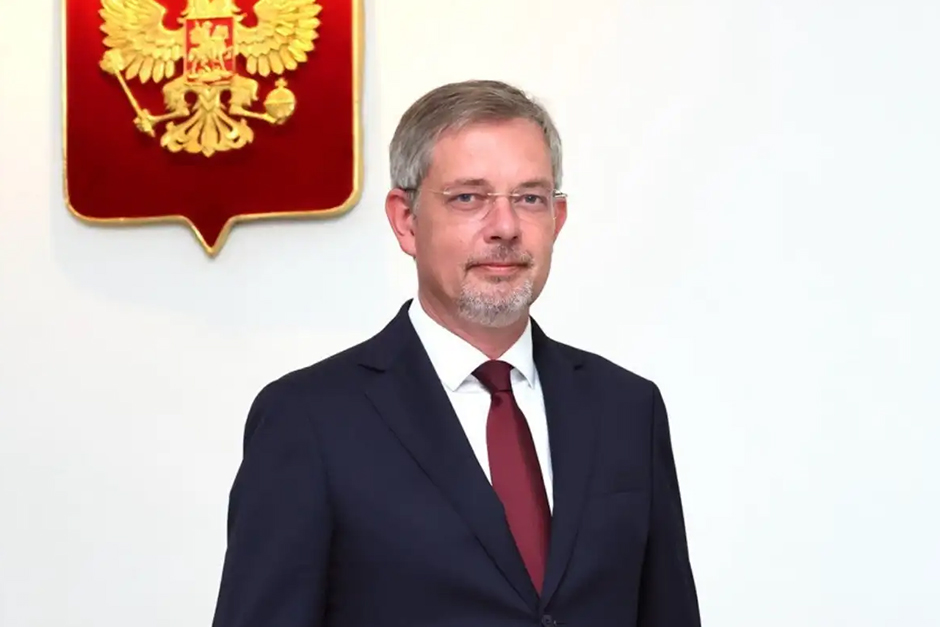In an increasingly complex global energy landscape, where geopolitical shifts routinely redefine alliances and trade routes, India, a rapidly growing economic powerhouse, finds itself navigating a delicate balance. With its burgeoning energy demands, the nation’s focus remains firmly on securing a stable and affordable supply. Against this backdrop, India’s traditional ally, Russia, a major global energy producer, is facing unprecedented Western sanctions. This has led to intense scrutiny as New Delhi and Moscow diligently explore innovative mechanisms to sustain their vital energy trade, ensuring an uninterrupted flow of oil, gas, and other resources amidst the prevailing international curbs.
India’s Pragmatic Stance Amidst Global Sanctions
The geopolitical tremors emanating from the conflict in Ukraine have led to a sweeping wave of sanctions imposed by Western nations on Russia, targeting its financial institutions, technology sectors, and, crucially, its energy exports. While many European nations have sought to reduce their dependence on Russian energy, India has adopted a pragmatic and non-aligned stance, prioritizing its national energy security. As the world’s third-largest oil consumer and importer, India’s energy needs are immense and non-negotiable. Russia, offering crude oil at significant discounts post-sanctions, presented an economically attractive alternative for India, which was previously a marginal buyer of Russian oil.
This increased procurement, however, came with inherent challenges. The primary hurdles were the Western-imposed restrictions on Russian banks and the availability of shipping and insurance services. India’s immediate focus shifted to devising robust alternative payment mechanisms and logistical solutions that could circumvent these obstacles without violating international norms or attracting secondary sanctions.
Navigating Payment Pathways and Logistical Labyrinths
The core of the challenge lies in facilitating financial transactions. With major Russian banks largely cut off from the SWIFT global payment system, both India and Russia have been actively exploring alternative frameworks. Early discussions revolved around a Rupee-Rouble trade mechanism, aiming to bypass reliance on Western currencies like the US dollar. While initially promising, the mechanism faced hurdles primarily due to the trade imbalance—India imports far more from Russia than it exports, leading to an accumulation of Rupee balances in Russian accounts, which are difficult to repatriate or utilize elsewhere.
Consequently, both nations have diversified their approach. Reports suggest a growing reliance on third-country currencies, particularly the UAE Dirham and, to a lesser extent, the Chinese Yuan, for settling transactions. This multi-currency approach offers greater flexibility but adds layers of complexity, requiring careful management of foreign exchange risks and banking relationships in multiple jurisdictions. India’s state-owned and private refiners have played a crucial role in adapting to these evolving payment landscapes, often leveraging their global networks to ensure smooth transactions.
Beyond payments, logistics posed another significant barrier. Sanctions impacted the availability of Western tankers, insurance providers, and re-routing options. This led to a surge in demand for non-Western shipping fleets, often referred to as the ‘grey’ or ‘dark’ fleet, and the exploration of alternative insurance solutions. Indian shipping companies, along with their Russian counterparts, have been compelled to innovate, securing vessels and coverage from non-traditional sources to maintain the flow of crude oil and other commodities. The long-standing maritime route from Russian ports to Indian shores has seen increased activity, albeit with adjusted operational methodologies.
A Long-Term Strategic Partnership Beyond Oil
While crude oil dominates the headlines, the energy cooperation between India and Russia extends much further. Both nations are also exploring ways to maintain trade in other critical energy resources like coal, which India uses extensively for power generation, and fertilizers, vital for its agricultural sector. Furthermore, cooperation in the nuclear energy sector, with Russian expertise contributing significantly to India’s civilian nuclear program, remains a cornerstone of their strategic partnership. India’s participation in Russian Arctic energy projects also underscores a deeper, long-term commitment.
This persistent engagement is not merely transactional; it reflects India’s broader foreign policy doctrine of strategic autonomy. As former Indian Foreign Secretary Harsh Vardhan Shringla once articulated, “India’s foreign policy is guided by its national interests, and ensuring energy security for its 1.4 billion people is paramount. We are exploring all available avenues to secure our energy needs, and Russia remains a significant partner in this regard.” This sentiment encapsulates New Delhi’s proactive approach to safeguarding its interests amidst global turbulence, seeking solutions that balance economic necessity with geopolitical realities.
The ongoing efforts by India and Russia to streamline their energy trade amidst stringent international curbs highlight a compelling narrative of resilience and adaptability. As global energy markets continue to evolve, the exploration of innovative financial and logistical pathways will remain crucial. For India, maintaining this crucial energy lifeline with Russia is not just about securing discounted oil; it’s about bolstering its energy independence and ensuring sustained economic growth in a volatile world, reinforcing a strategic partnership forged over decades.




